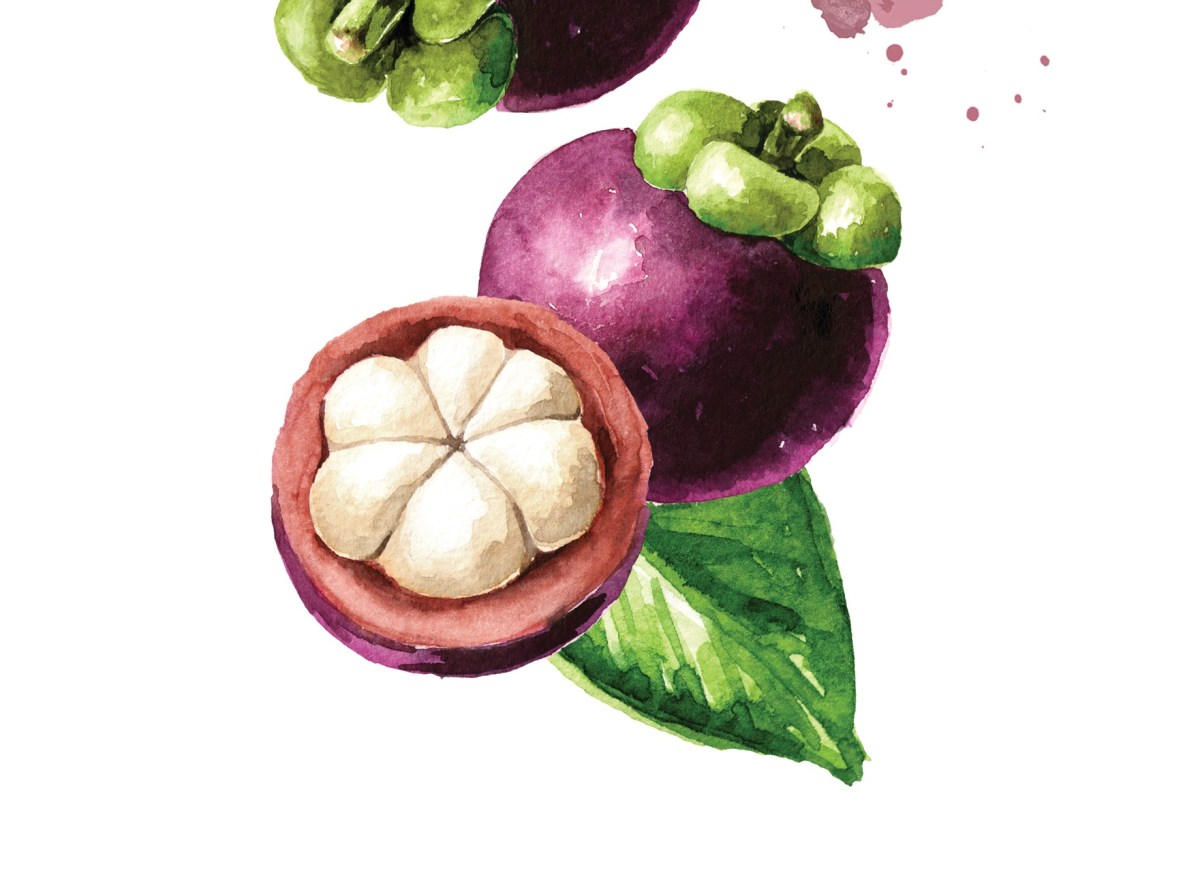Mangosteen is part of the Malpighiales family and is known by the scientific name Garcinia mangostana. The tropical evergreen tree is native to parts of South-East Asia including the Malaysian peninsula, Sumatra and Borneo.
Mangosteen was first introduced to Australia in the 1940s, however initial growth efforts in New South Wales and Southern Queensland were unsuccessful. New cultivators were imported in the 70s to North Queensland, which led to the first mangosteen win.
Nowadays, most fruit is grown in Darwin and Far North Queensland. Two types of mangosteen have been identified: spherical and oblong. In Australia, seashore mangosteen, yellow mangosteen, Cambogia and madrano are grown alongside the more common purple mangosteen, however they are part of a niche market.
Growth and harvest
Trees are slow growing and can take up to 10 years to bear fruit. Mangosteens are typically grown from seed and flourish in wet, tropical, humid climates. Rich, deep soil with solid water-holding capacity is a must, with trees also doing well on deep river loams.
Peak season in Australia is between November and March. Fruit mostly grows outside the edge of the tree’s canopy and is ready for harvest once they have turned from green to purple. A mature tree produces between 400-900 pieces of fruit, which have a bright green stem when they’re ready for harvest.
Appearance and flavour profile
Mangosteens are between 4-8cm in diameter and typically weigh 50-150g. They have a thick purple leathery skin with a green crown on top. Inside, the creamy white flesh is split into segments, with four to seven pieces found within.
The flesh is comparable to citrus, with some segments containing an almond-shaped seed. The fruit has a sweet and tangy taste and has been likened to a mix of lychee, peach, strawberry and pineapple.
Culinary applications and storage
The fruit can last up to four weeks at room temperature after it has been picked. It’s recommended they are not refrigerated as cold temperatures can damage them.
Mangosteen is best enjoyed fresh. To eat, cut around the fruit with a knife and twist in opposite directions. They are also commonly found canned, frozen, juiced or made
into syrups and preserves.

